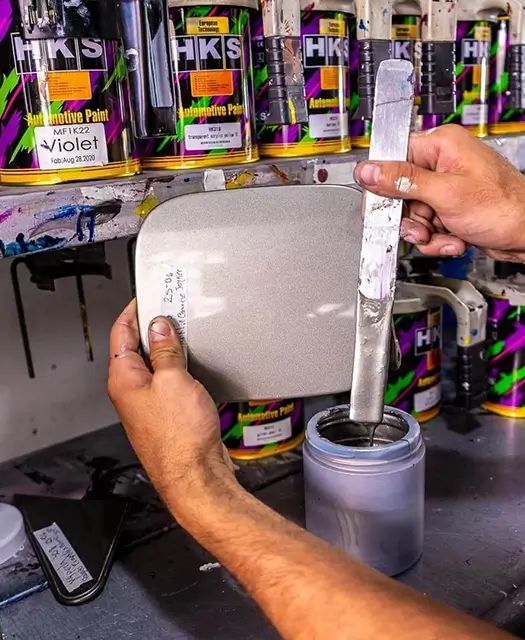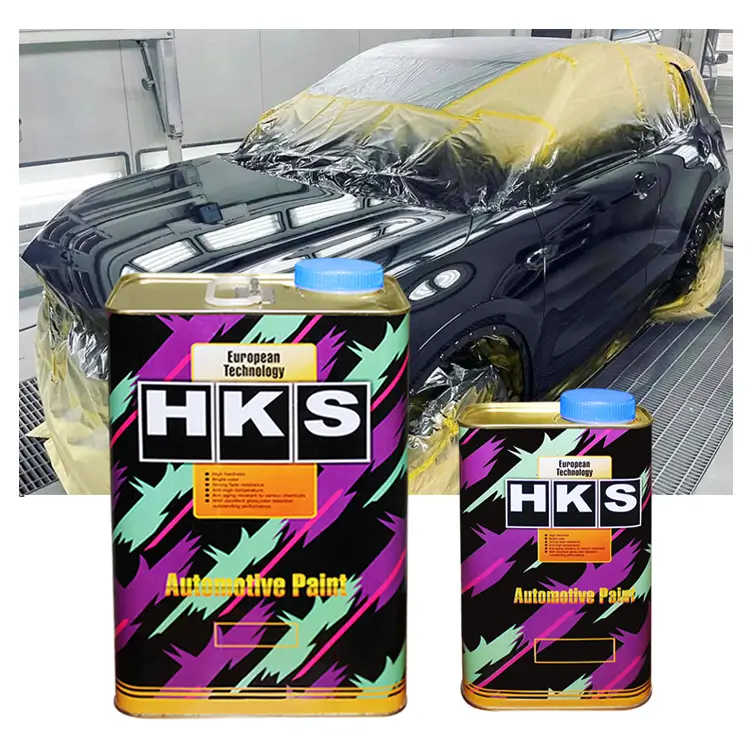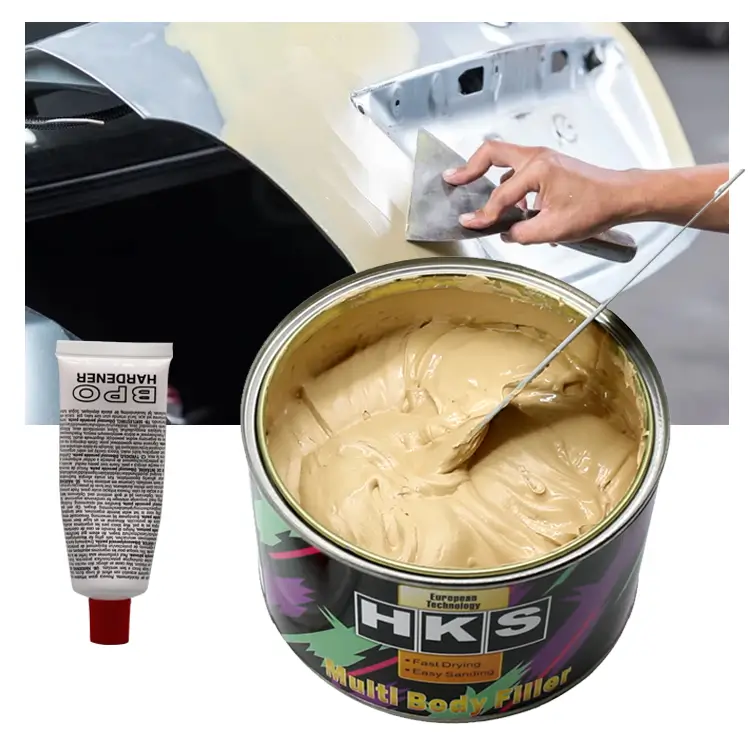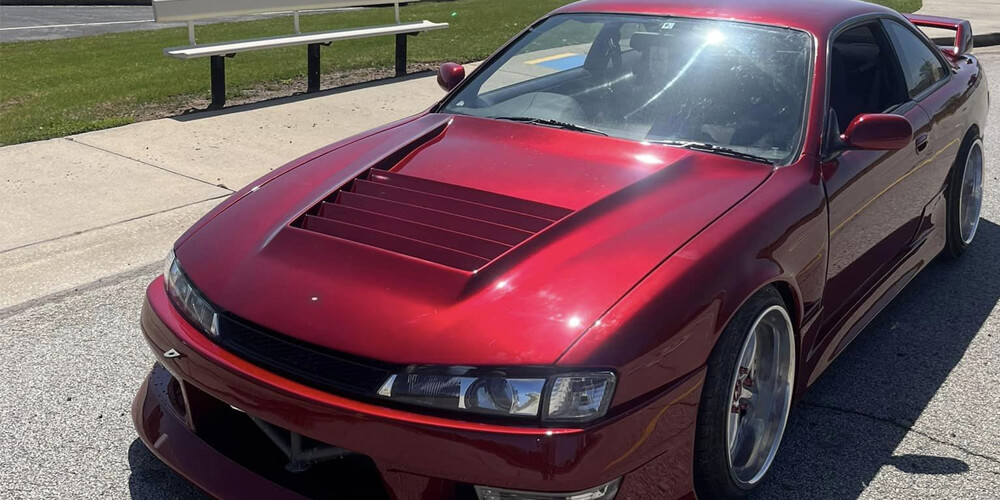Car Paint Durability
Car paint is not just a cosmetic feature of a vehicle, but it is also an important protective layer. It helps to protect the car's metal surface from weathering, corrosion, and other environmental factors that can cause damage. Car paint durability is an important factor to consider when choosing a vehicle or maintaining an existing one. In this guide, we will discuss everything you need to know about car paint durability, including tips, tricks, and maintenance.
Understanding Car Paint Durability
The durability of car paint refers to its ability to resist damage and maintain its appearance over time. Car paint can be exposed to various elements such as UV rays, dirt, debris, moisture, and temperature changes. These elements can cause the paint to fade, chip, peel or crack over time, reducing the car's overall aesthetic value and even impacting its resale value.
There are different types of car paints available in the market, and each has its own level of durability. For example, acrylic lacquer paint is known for its durability, while enamel paint is less durable. It is essential to understand the type of paint used on your car and its level of durability to ensure proper maintenance.
Tips for Maintaining Car Paint Durability
Regular Washes
Regular washing is one of the best ways to maintain the durability of car paint. Dirt, grime, and debris can accumulate on the car's surface, causing damage to the paint. By washing the car regularly, you can remove these harmful elements, thereby extending the life of the paint. Use a high-quality car wash soap and a soft sponge or cloth to avoid scratches.
Waxing
Waxing is another effective way to maintain car paint durability. A coat of wax can create a protective barrier over the paint, preventing it from exposure to harmful elements. Waxing can also enhance the car's appearance by providing a shiny and glossy finish. It is recommended to wax your car at least twice a year.
Avoid Direct Sunlight
Direct sunlight can cause significant damage to car paint over time. UV rays can cause the paint to fade, crack, or peel. It is advisable to park your car in a shaded area or use a car cover to protect it from direct sunlight.
Regular Inspections
Regular inspections can help identify any damage to the car's paint early on. Inspect the car's surface for any scratches, chips, or other forms of damage. By addressing these issues early, you can prevent further damage and extend the life of the paint.
Factors that Affect Car Paint Durability
Environmental Factors
Environmental factors such as temperature changes, moisture, and salt can impact car paint durability. Extreme temperatures can cause the paint to expand or contract, leading to cracking and peeling. Moisture and salt can cause rust and corrosion, which can damage the paint. It is essential to take preventive measures to protect the car's paint from these factors.
Driving Habits
Driving habits such as speeding, sudden stops, and hard turns can cause damage to the car's paint. Rocks, debris, and other road hazards can also impact the paint's durability. It is advisable to drive carefully and avoid rough terrains to minimize the risk of damage.
Type of Paint
The type of paint used on the car can also impact its durability. Acrylic lacquer paint is known for its durability, while enamel paint is less durable. It is important to understand the type of paint used on your car and its level of durability to ensure proper maintenance.
Common Car Paint Problems and Solutions
Scratches
Scratches can cause significant damage to car paint if left unattended. They can expose the car's metal surface, leading to rust and corrosion. There are various ways to fix scratches, depending on their severity. For minor scratches, you can use a scratch repair kit, which includes a touch-up pen and clear coat. For deeper scratches, you may need to seek professional help.
Chipping
Chips are small areas of missing paint that can be caused by rocks or debris hitting the car's surface. Chipping can expose the car's metal surface, leading to rust and corrosion. Touch-up paint can be used to cover up small chips. For larger chips, you may need to get the affected area repainted by a professional.
Fading
Fading is a common problem with car paint, particularly in areas that receive a lot of sunlight exposure. Fading can be caused by UV rays, and it can make the car's surface look dull and unappealing. To prevent fading, you can apply a UV protective coating or wax regularly.
Peeling
Peeling occurs when the paint starts to lift off the car's surface. Peeling can be caused by exposure to extreme temperatures, moisture, or improper paint application. To fix peeling, you may need to get the affected area repainted by a professional.
Conclusion
Car paint durability is a crucial factor to consider when buying or maintaining a vehicle. By understanding the type of paint used on your car, the factors that affect its durability, and following the tips and tricks for maintenance, you can extend the life of your car's paint and maintain its appearance. Regular washes, waxing, and avoiding direct sunlight can go a long way in protecting the car's paint from damage. By identifying and addressing common paint problems early on, you can prevent further damage and maintain your car's value.
Source of this article:https://www.supersybon.com
Get to know us through more channels:Facebook, Tiktok, Instagram, youtube.





